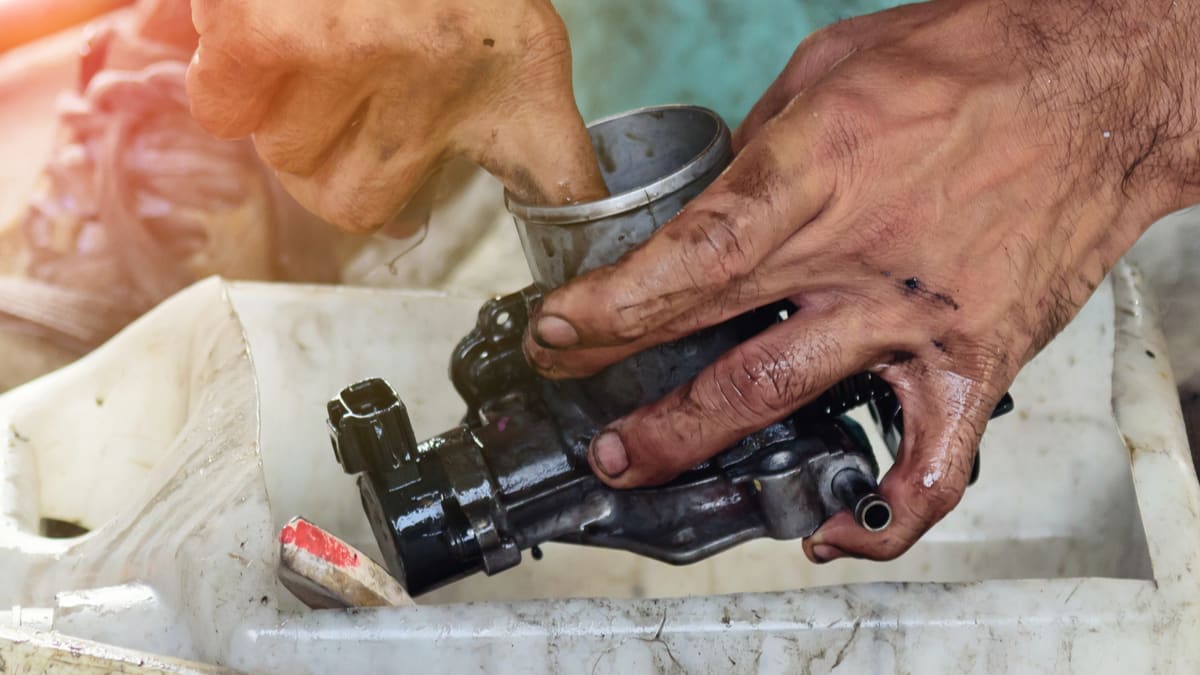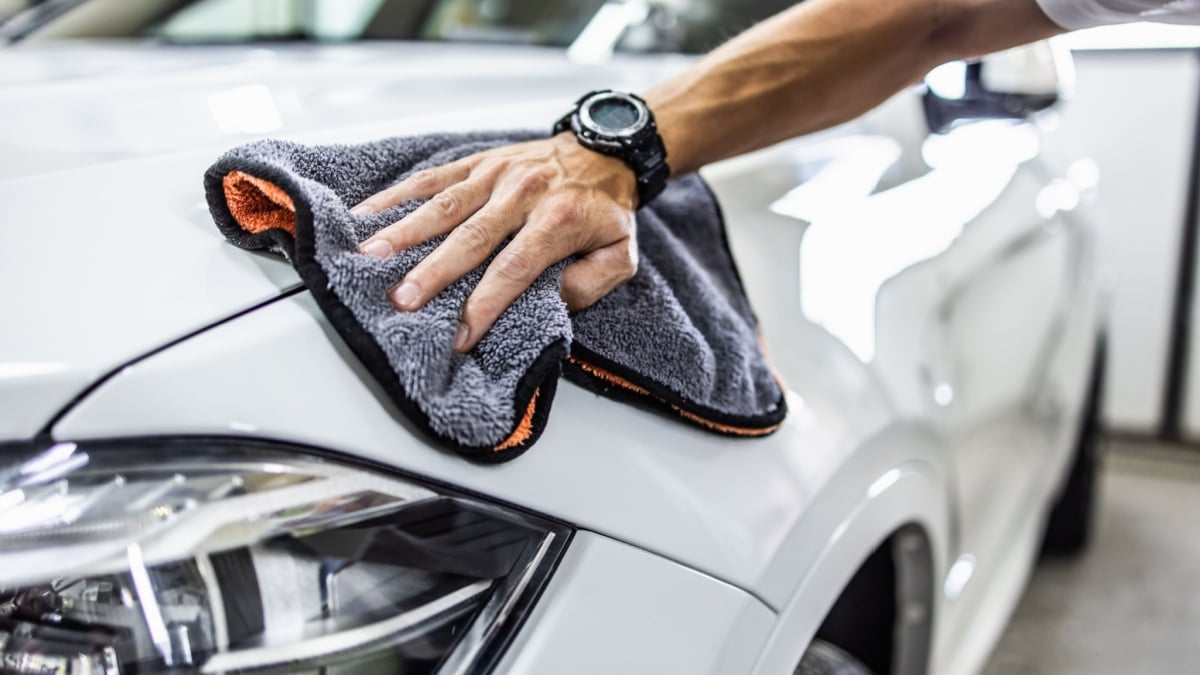Regular car maintenance involves everything from the regular oil change to spark plug replacement. However, one needed task that is often overlooked is the throttle body service. While it’s important to perform periodically, few people actually follow through until there’s a problem.
In this guide, I examine the reasons for getting regular throttle body service. I also discuss how often it should be performed. At the end of this guide, I cover the basic steps to clean the car’s throttle body yourself.
What is Throttle Body Service?
Throttle body service involves cleaning the throttle blade and bore. Because the throttle is responsible for managing the airflow, any gunk or debris in the body can decrease power and acceleration. After cleaning, the engine should run smoother and cleaner.
Most people choose to perform the throttle body cleaning in a home garage. There are special products designed for this task, so visiting a professional shop is only needed if you aren’t sure what to do.
How Often Should I Get Throttle Body Service?
Some people recommend having the throttle body serviced every 75,000 miles, although most manufacturers don’t set a recommended interval. Instead, it’s important to consider the service any time you notice any symptoms that indicate the throttle body is dirty.
A physical inspection will reveal any grime buildup that needs to be dealt with. You should also notice some performance issues as the throttle body becomes contaminated. The idle might become higher or rough. The car may also struggle to accelerate. When the motor doesn’t run right, the Check Engine Light could come on, and you could also notice decreased fuel economy numbers.
Is Throttle Body Service Needed?
If the car is running perfectly, the throttle body service is probably unnecessary. However, there are major benefits to keeping the throttle body clean. In your vehicle, there’s an air intake system. This system is responsible for pulling air into the combustion chamber from the environment around it. The air that’s pulled in gets mixed with fuel to ensure an appropriate balance for combustion.
The throttle body helps to determine how much air is added to the fuel. If the throttle body becomes contaminated or dirty by carbon deposits, the right amount of air won’t be added, leading to an imbalance of the air-fuel ratio. Because of this, the engine will be rough, and you could spend more money than needed on fuel.
Because it’s not difficult to clean the throttle body, it makes sense to add it to your regular maintenance plan. In fact, you can clean it yourself with the right products.
RELATED: 8 Symptoms of a Bad Throttle Body (& Replacement Cost)
How to Clean the Throttle Body
Here are a few steps on how to clean your throttle body at home. For the full guide, check out: How to Clean a Throttle Body (10 Steps DIY)
1. Prepare Materials
Before you start cleaning the throttle body, you have to choose the right products. You can find a variety of throttle-body cleaners online, so you should always read through the customer reviews to determine what’s best.
Additionally, you want to gather some protective gear. I recommend having gloves and eye protection. It’s also helpful to wear clothing that covers your body, as the products can irritate your skin.
Before you move on, make sure the vehicle is parked on level ground. You also want to be outside, since the products are flammable. If you are working in the daytime, there should be plenty of light to complete the job.
2. Find the Throttle Body
You can locate the throttle body between the air cleaner and intake manifold. It is typically made from aluminum or another metal.
If you are having trouble locating it, ask a friend to push down the accelerator while the motor is off. Because the throttle body contains a direct connection with the gas pedal, you should see a movement of the shaft, which helps to identify it.
3. Remove Air Duct
Before you do anything else, take off the battery’s ground terminal to ensure safety. You also need to remove the hoses and electrical wires that are attached to the throttle body, but you want to label them so you know where they go.
The next step is to remove the air duct. It is usually connected with a clamp, which should be easy to remove with a Phillips or Torx screwdriver. Don’t take off any wires that are connected.
If you aren’t able to remove the air ducts, you should stop. It’s best to have a professional perform the cleaning in these circumstances.
4. Spray Cleaner
With your protective gear like rubber gloves and safety glasses on, you are ready to spray your cleaner into the air duct of the throttle body. You can also use a brush to scrub out deposits and dirt. With some paper towels, you can wipe the surface clean.
If it’s hard to see inside, use a flashlight. It’s also helpful to have a cotton swab, which will get into tight places. You can put the cleaner right on the cotton swab. If you spill any of the cleaner, you want to wipe it up with paper towels.
5. Reassemble the Vehicle
Once the throttle body is clean, it’s time to put everything back together. Reconnect all of the ducts that were previously removed. You must also tighten the clamps to ensure security.
Clean up all of your tools and reconnect the car battery. Dispose of your safety equipment and dirty paper towels properly. Once you have cleaned up, go ahead and start the vehicle. It might not run perfectly at first, as there can be a readjustment period.
6. Take A Test Drive
It’s important to give the car time to warm up. It’s recommended to let the engine idle for about five minutes before taking a test drive.
During the test drive, you should see some changes to how the engine runs. There’s also the chance that you won’t notice anything at all, especially if you performed regular maintenance just to stay on top of the grime and dirt buildup. It all depends on how dirty and clogged the throttle body was to begin with.
Categories: Engine, Maintenance













